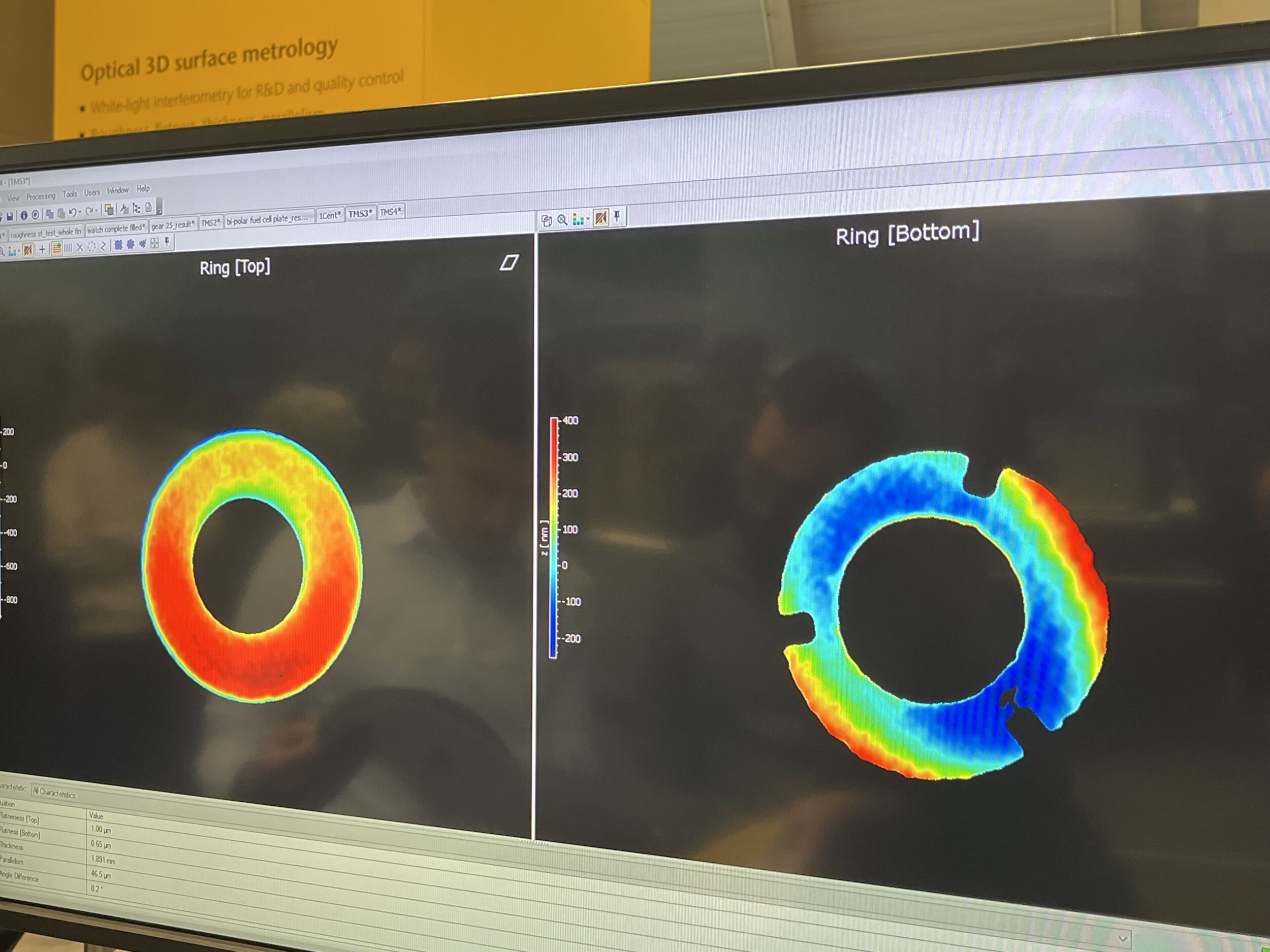

Zero Copy Image transfer
With GigE Vision, the problem has been tied to the need to dissect the many Ethernet packets at the receiver to provide the image data to the application in contiguous form which necessitates splitting off the Ethernet packet headers. This can be accomplished in software at a large cost with triple the memory bandwidth and higher CPU utilization (this, incidentally, is what RDMA proponents compare with when discussing pros and cons of traditional GigE Vision and RDMA). We avoid this cost by utilizing the built in splitting features of the modern day NICs (Network Interface Card) to perform this Zero copy image transfer.

GigE Vision with Support for TCP
TCP is one protocol explored by some to improve the performance of GigE Vision. Some even claim this is a guaranteed transfer mechanism which is completely false. TCP is not a Zero copy process so it triples the required memory bandwidth. In addition, TCP is point-to-point which converges this protocol with CXP and USB which all but eliminates the benefits over those protocols especially since CXP is adopting the Ethernet physical layer in newer revisions to address its own deficiencies. In all senses, TCP is a non-starter for performance applications.
GigE Vision with Support for RDMA/RoCE
RDMA/RoCE is another protocol explored by some for the same reasons. Some will continue to claim THIS is now the guaranteed transfer mechanism which is again false. RDMA is a Zero copy process which is its primary benefit, but, as with TCP, is a point-to-point protocol and incurs network overhead to support its connected nature. It is important to remember that RDMA and TCP were really designed for large data transfer on the internet with many multiple hops through switches and routers with dropped and out of order packets. In machine vision, the systems are closed with controlled routing if switches are used. A reminder also that TCP and RDMA are far from ratified into the GigE Vision standard. Rest assured, as the high-speed Ethernet camera leader, that Emergent will integrate the RDMA addition if and when support is ratified. This would be a small effort and would be backward compatible with all existing product we sell and support.












